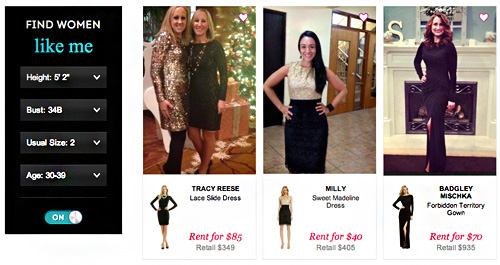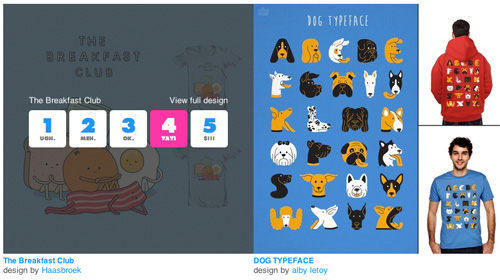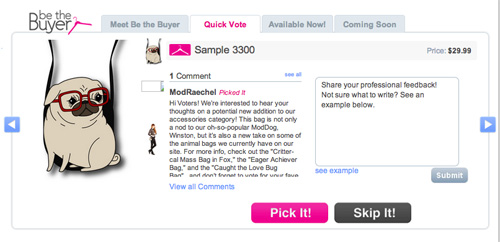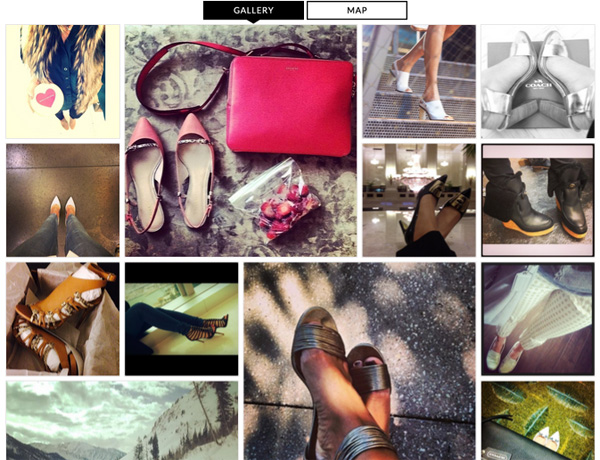Amazon’s not the only threat to online retail and brands selling direct to consumer – the shift towards the “collaborative economy” has the potential to disrupt virtually any vertical, with ripple effects to other industries.
Dubbed the “next phase of social business” by Jeremiah Owyang, sharing is the new buying, and savvy sellers are exploring ways to embrace rather than escape this trend.
In the collaborative economy, consumers either get what they need from each other, or they pay for access to goods and services rather than own them. And increasingly, consumers are the makers and influencers of goods in the marketplace.
Ecommerce professionals need to understand if and how peer-to-peer commerce and access vs. ownership impacts their business – and how they can capitalize on it, as well as the opportunity for co-creation. There are plenty of examples of established retailers, brands and start-ups that have caught the wave.
Ownership / access models
Rental
Bag, Borrow or Steal and Rent the Runway both offer rental access to luxury items.
Rent The Runway’s customers can optionally submit photos of themselves in their rentals so other members can find “people like me,” filtered by height, dress size and age group. The products are shown in context with a direct link to the dress’ product page.
Bag Borrow or Steal also offers a consignment option in addition to its luxury rental offering.
Subscription / trial
We’re bound to see more startups try their hand at “Netflix-for-blank.” Some will swim, others will sink.
For $25/month flat, members of YBUY received one new or refurbished electronic gadget or kitchen appliance to use for 30 days. If the customer wished to keep the item, the $25 would be applied as a credit toward the purchase. Unfortunately, the startup failed to take off.
Marketplace
Amazon understood the power of peer-to-peer early, adding a seller marketplace for new and used goods, further extending its long tail. Best Buy, Chegg, and ASOS also host their own niche venues for “pre-loved” goods, and Patagonia has partnered with eBay for buying and selling used Patagonia gear. While it doesn’t make a dime off the collaboration, it’s on-brand with the message of sustainability.
Buy-back and trade-up programs
Apple, Boost Mobile and Sprint (among others) offer buy-back programs for mobile phones. Similarly, Target takes-back electronics for trade-up.
The buy-back concept really only works for products that hold their value. Most retailers and brands will opt for a marketplace or consignment offering over a buy-back program to avoid inventory risk, or offer it only for certain product categories.
Collaborative merchandise
Lulu.com (self-published books) and Threadless (t-shirt designs) products are entirely crowd-sourced. Threadless designers compete for votes before becoming buy-able products:
Similarly, ModCloth allows you to play buyer and influence upcoming products:
Burberry takes a more integrated collaborative approach. Its CEO’s vision of a “social enterprise where all employees, customers, and suppliers share the same experience of the Burberry brand, whether through physical stores or digital platforms” revolves around a suite of Salesforce apps that connect sales and CSRs to customers, their transactional data and social media activities. Customers influence a variety of things, from new product design to upcoming marketing campaigns through Salesforce’s Buddy Media.
Collaborative merchandising
One trend in on-site merchandising is crowd-contributed. Coach’s #COACHFROMABOVE wall features Instagram-style snapshots submitted by customers.
In rare cases, collaborative marketing and merchandising backfires. American Apparel, for example, wasn’t expecting a spoof to get the most votes in its plus size model contest.
On-demand physical goods
3D printers and gadgets like Cricut are making it easier for DIY-ers to produce items at home from digital patterns. We may see a day where a certain percentage of products are sold simply as digital files.
Service partnerships
One of the most creative opportunities for retailers is to partner with local services. For example, Home Depot partnered with Uber for home Christmas tree delivery. Walgreens uses TaskRabbit to deliver prescriptions to customers’ homes. Westin Hotels provide New Balance workout gear for rental so travelers don’t have to pack as much.
Want to learn more about the collaborative economy?
Our friends at Vision Critical have teamed up with Jeremiah Owyang with the Collaborative Economy Reportwhich dives deeper into what’s driving the growth of the collaborative economy, its threat to brands, and how your business can respond. Check it out!







